Posted on 12/8/2016
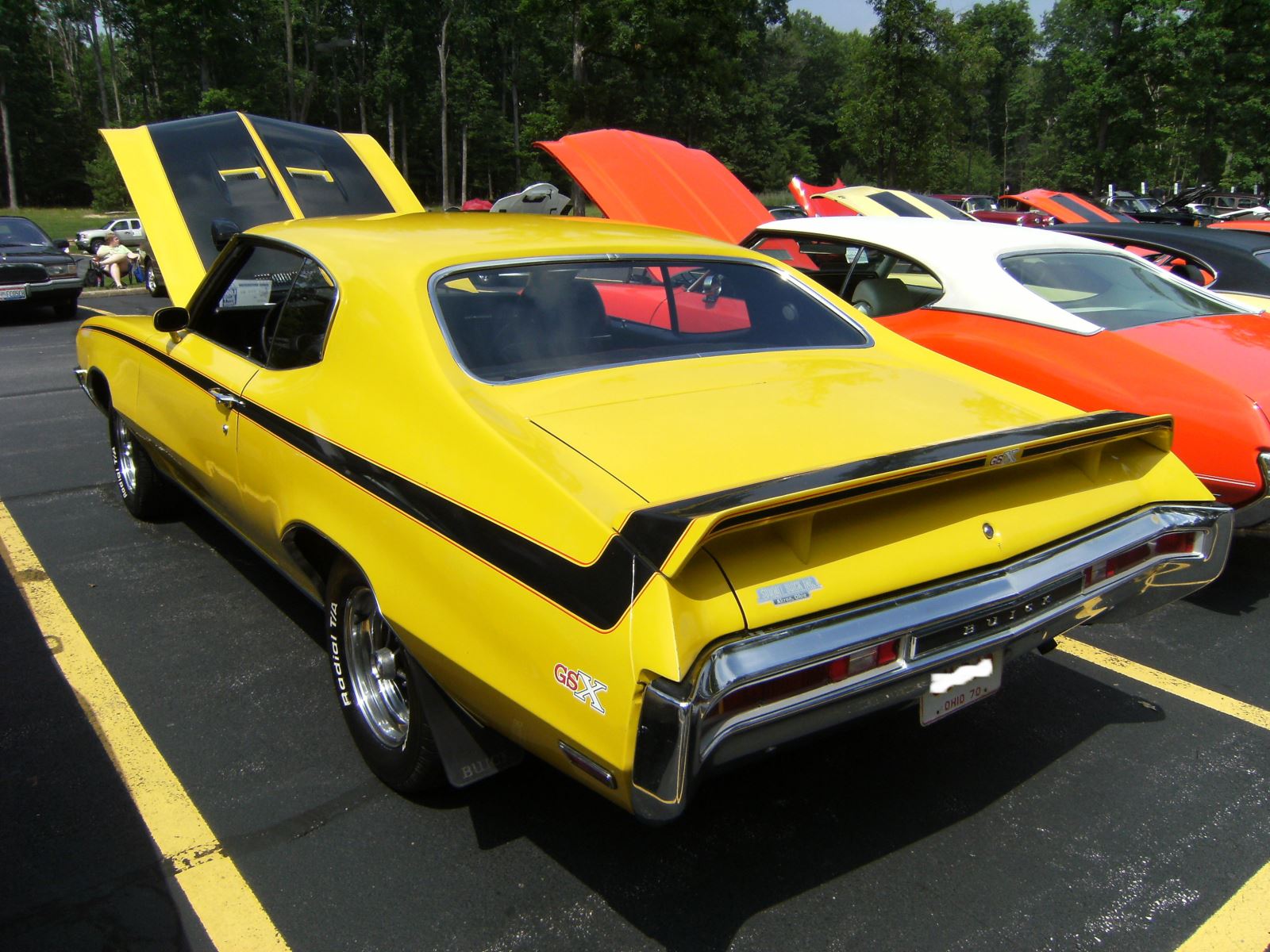
Part of our Most Sought After Muscle Cars Series The Buick GSX (1970) had the body of a good midsized driving vehicle, the Buick Skylark, but ramped up with a monster engine. It was available as a sedan or a convertible. The Grand Sport debuted in 1965 but it took a few years before it really caught attention. The 1967 incarnation of the vehicle was pretty robust, but it was the 7.5-liter engine in 1970 that really hit all the right marks. If you really want to catch people’s attention, try 400 horsepower! 400 horsepower depended on upgrading the heads, valves, and camshaft. Otherwise, the Stage 1 GSX hit 360. Once people knew about the 400 capability though, they were hooked! It could hit a quarter-mile in 13.38 seconds. When it came to color, the Buick GSX was famous for its lack of selection. There were exactly two colors. Will it be the Apollo White or the Saturn Yellow? In ’71 and ’72 they did start to offer more colors, but if you real ... read more
Posted on 12/1/2016
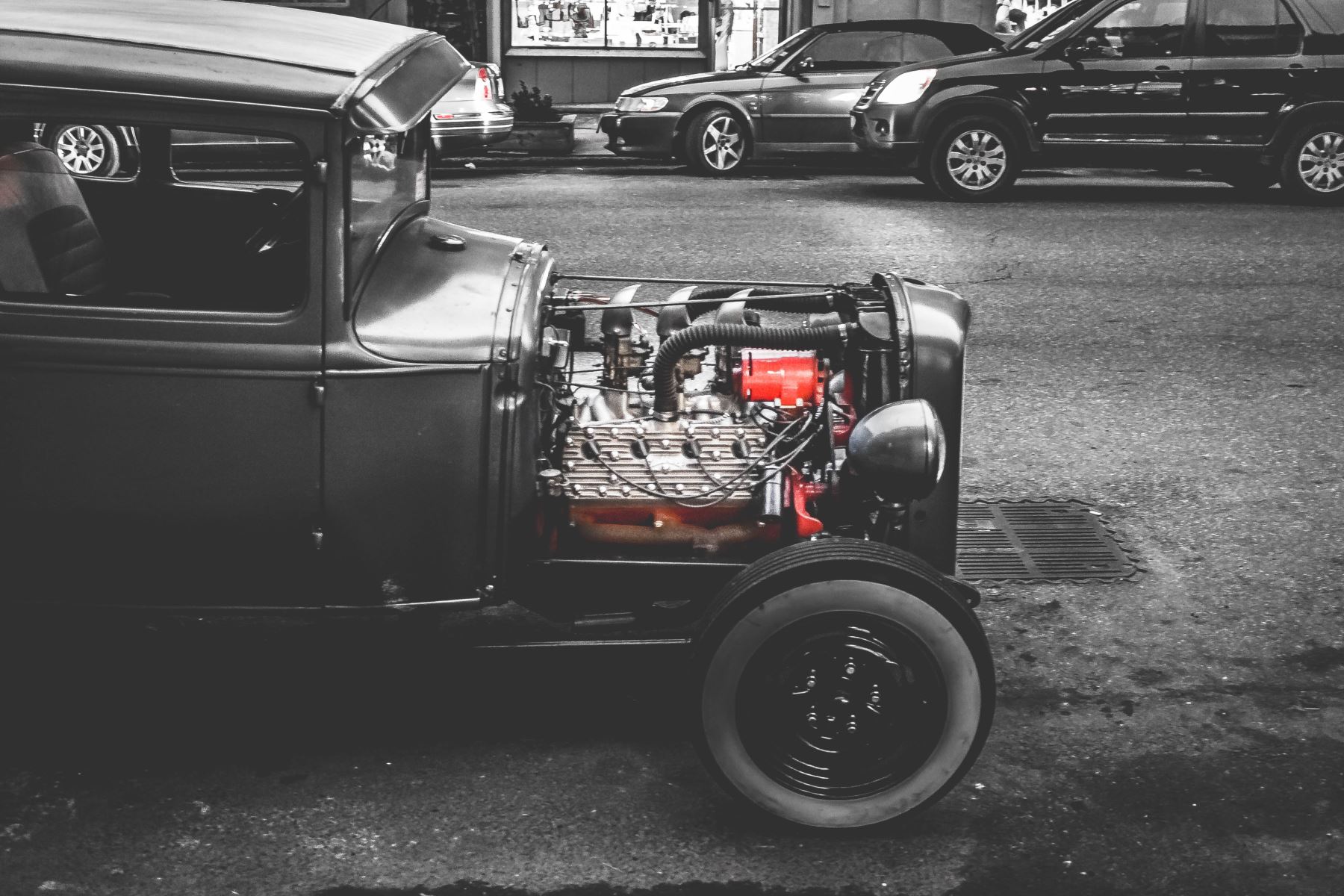
Which do you prefer; a car restored to its original condition or a car that’s been “upgraded” to a hot rod? Around here, we particularly love muscle cars and we have a great appreciation for the original cars. We love the history of those classics, and it’s our passion to preserve that history. We also know that maintaining a classic car can help the value of the car to appreciate. However, we do also appreciate some of the impressive and creative changes that people make to their hot rods. When you decide to hot rod your vehicle, you’re definitely turning the car into a hobby car. That can be a lot of fun, but remember that what pleases you won’t necessarily please someone else, so you really have to commit to the car as your own creative project. Wikipedia has this to say about Hot Rods: When people go the hot rod route, they tend to be attracted to things like larger engines and suspensio ... read more
Posted on 11/24/2016
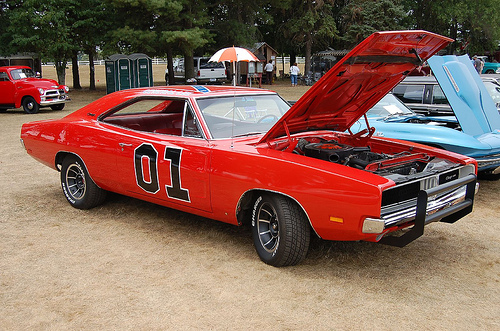
Part of our Most Sought After Muscle Cars Series What’s the most important onscreen muscle car of all time? Arguably, it’s the Dodge Charger. Let’s look at its television and film credentials: The Dukes of Hazzard"Bullitt" with Steve McQueenThe Fast and the Furious Because of the car’s distinctive hardtop, just about anyone will recognize it, not to mention the front grill and hidden headlights. It’s a memorable car that embodies rebellion. Dodge created the vehicle with the idea that it would have excellent street performance and be great for drag racing too. It’s got great handling with some serious suspension. The popularity of the car combined with its scarcity makes this a very sought after vehicle. When the car was first launched, there were only 37,000 produced and they sold for a base price of $3,500. Now you might pay as much as $170K. Eve ... read more
Posted on 11/17/2016

Not everyone lives in a sunny part of the world, and preparing your classic car for storage in the winter is an important annual event. Rain, sleet, snow, and salt can all take their toll on a car, so car storage is an important ritual that you’ll perfect and master over the years. Here are some of our tips for storing your classic car for the winter. Choosing a Storage Location You need a secure, and most importantly, dry location for your car storage. It’s also a good idea for the storage space to be dark, as any light can cause your paint job to fade over time. It’s best to choose a facility with concrete floors, as any kind of natural dirt floor will have moisture in it. Place the vehicle on jack stands to avoid flat tires. Inform your insurance provider if you’re storing your car off-site. Preparing the Car for Storage Give your car one last good wash for the season ... read more
Posted on 11/10/2016
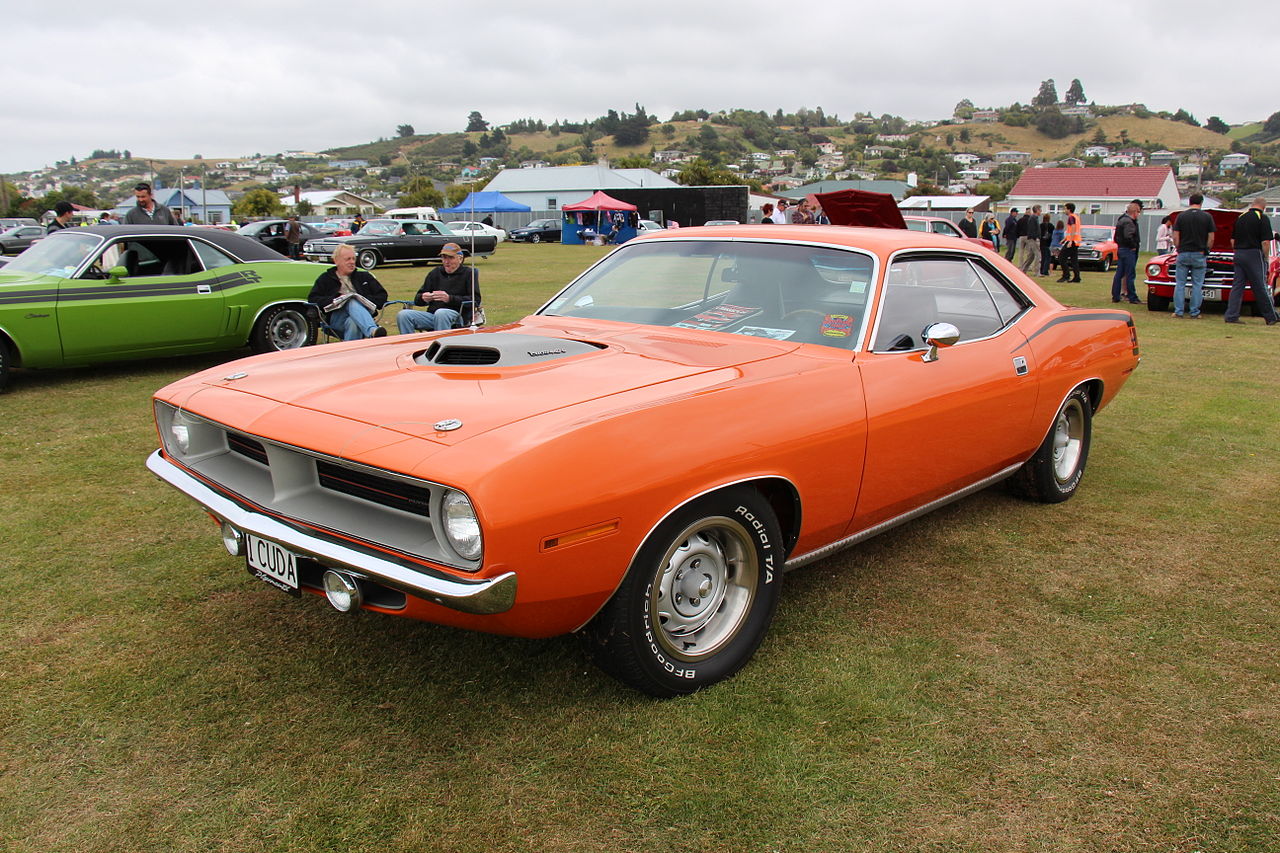
Part of our Most Sought After Muscle Cars Series The Plymouth Barracuda is a car that was produced from 1964 to 1974, but it’s really the third generation 1970-71 that’s part of our “most sought after muscle car” series. When Plymouth started in 1964 on this two-door car, it was based on the Plymouth Valiant. It was an A-body car with wraparound glass in the back, very distinctive, but it wasn’t a particularly popular car. The second-generation ran from 1967-69 and was still Valiant-based, but with a lot of redesign. There were convertible, fastback, and notchback versions. For the third-generation in 1970, things changed a lot. They ditched the Valiant-based design for an E-body&nb ... read more
Posted on 11/3/2016
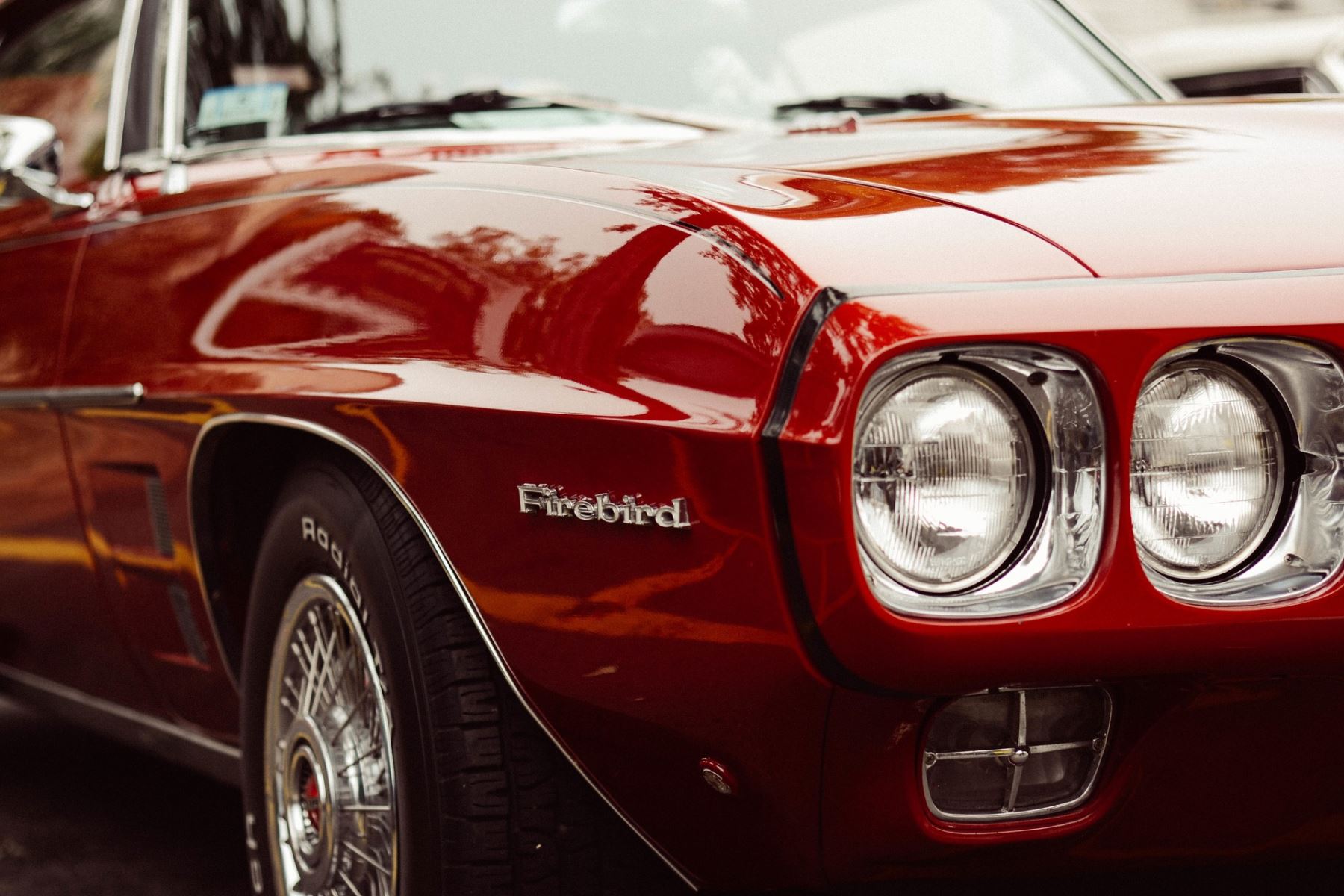
Car Wax for Classic Cars: Pros & Cons If you have a classic car, you want to take the best possible care of it. The question often comes up: is waxing worth it? There are many benefits to waxing your classic car, but there are some drawbacks as well. One of the primary benefits of waxing your car is that the wax provides a protective barrier, coating the paint and protecting your vehicle from the elements. Wax helps to prevent rust by filling in tiny surface scratches that are invisible to the eye but leave room for rust to start to form. If you choose a high-quality wax—and you always should—you can look for a wax that includes UV protection. UV rays aren’t just damaging to your skin; they can damage your paint job too. The rays cause the paint the paint to oxidize which is not a good thing. Not only will the paint start to look dull but it will also deteriorate. Waxing your ca ... read more
Posted on 10/27/2016
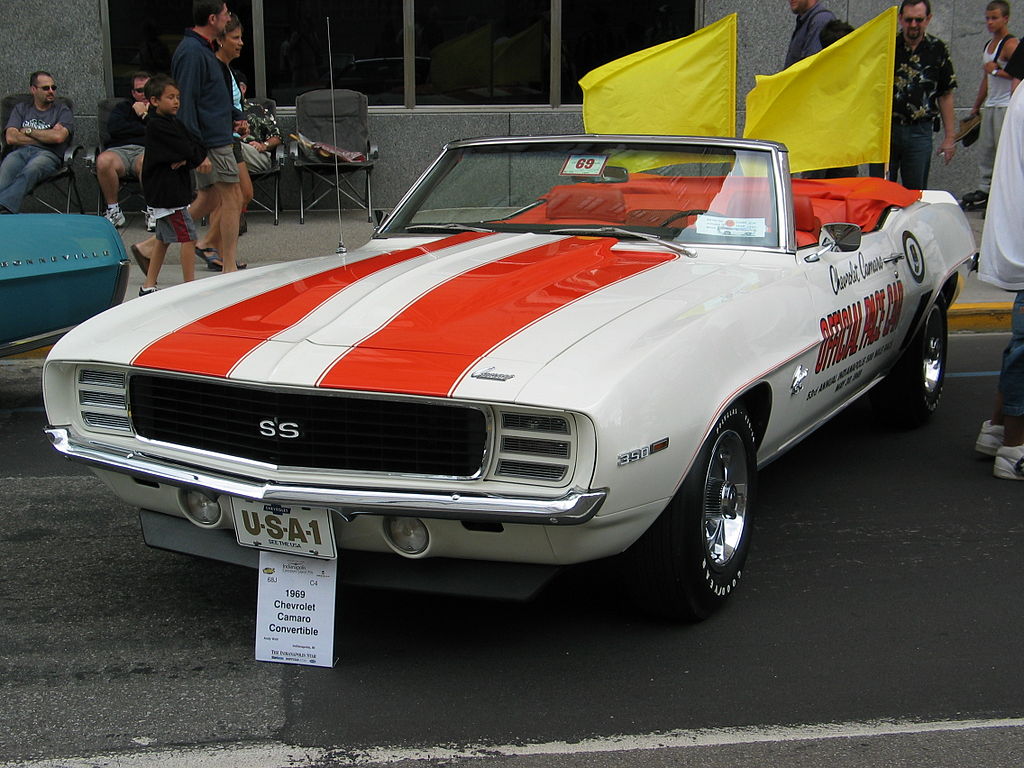
Part of our Most Sought After Muscle Cars Series Sure, there are six generations of Camaros, but when it comes to the really beautiful cars, it’s the first-generation Camaros that we’re talking about. The Camaro is a car that has come in many different variations. Some of the models would be classified as more of a pony car rather than a muscle car; affordable, compact, highly styled, sporty, and performance-oriented. And then there are the truly powerful muscle cars. These are the ones that we love here at Wasatch Customs. Chevrolet first created the Camaro to compete with the Ford Mustang, code-named Panther. Wikipedia tells a funny story about how Chevrolet approached the new vehicle in the press. On June 21, 1966, around 200 automotive journalists received a telegram from General Motors ... read more
Posted on 10/20/2016
.jpg)
So you’re thinking of buying a classic car? Whether it’s your first (welcome to the club) or one of many, there are certain factors to consider before making a purchase. Shopping for a classic car is not like shopping for a “used” car. No two classics are alike. Each classic is unique and special in its own way. A true classic has layers, like an onion, of history, nostalgia, and a whole lot of unique personality. And along with all of that personality there are quirks… and maybe even a bit of—dare we say—“baggage.” That doesn’t mean that the car isn’t worth the investment, but it’s important that you know what you’re getting yourself into when you make the purchase and that you negotiate on the price accordingly. There are a variety of questions that we recommend that you ask the seller about the car. Most of the time you have to go with trust, and with your gut feeling, because it’s very hard to ev ... read more
Posted on 10/14/2016
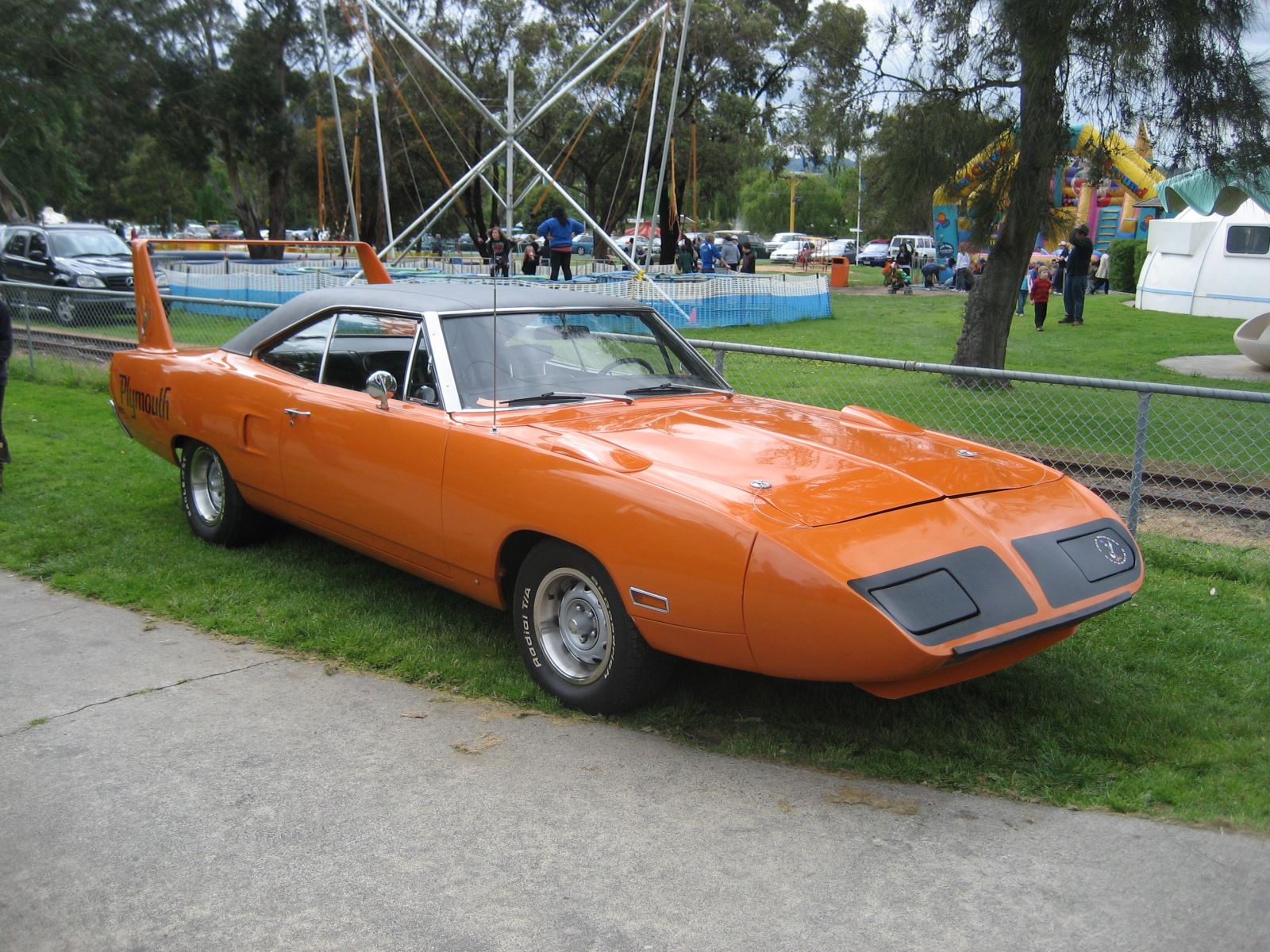
Part of our Most Sought After Muscle Cars Series Whether it’s driving, restoring, or showing off, classic cars are truly an American obsession. In our case, the passion is for muscle cars, and this week we’re taking a look at the 1971 Superbird 440 from Plymouth. Now those are some lines! Sleek, with a powerful engine, this is a car with some attitude. More than any other Plymouth, the hardtop hits most car enthusiasts’ best-of lists. This car was Plymouth’s answer for NASCAR. It was originally based on the Road Runner, which was featured in our last edition of this blog series, but the Superbird was redesigned to meet the NASCAR requirements. Vehicles that wanted to participate in the race had to be available to the general public and sold through a dealership. In 1970, they had to build 1,920 Superbirds in order to meet th ... read more
Posted on 10/7/2016
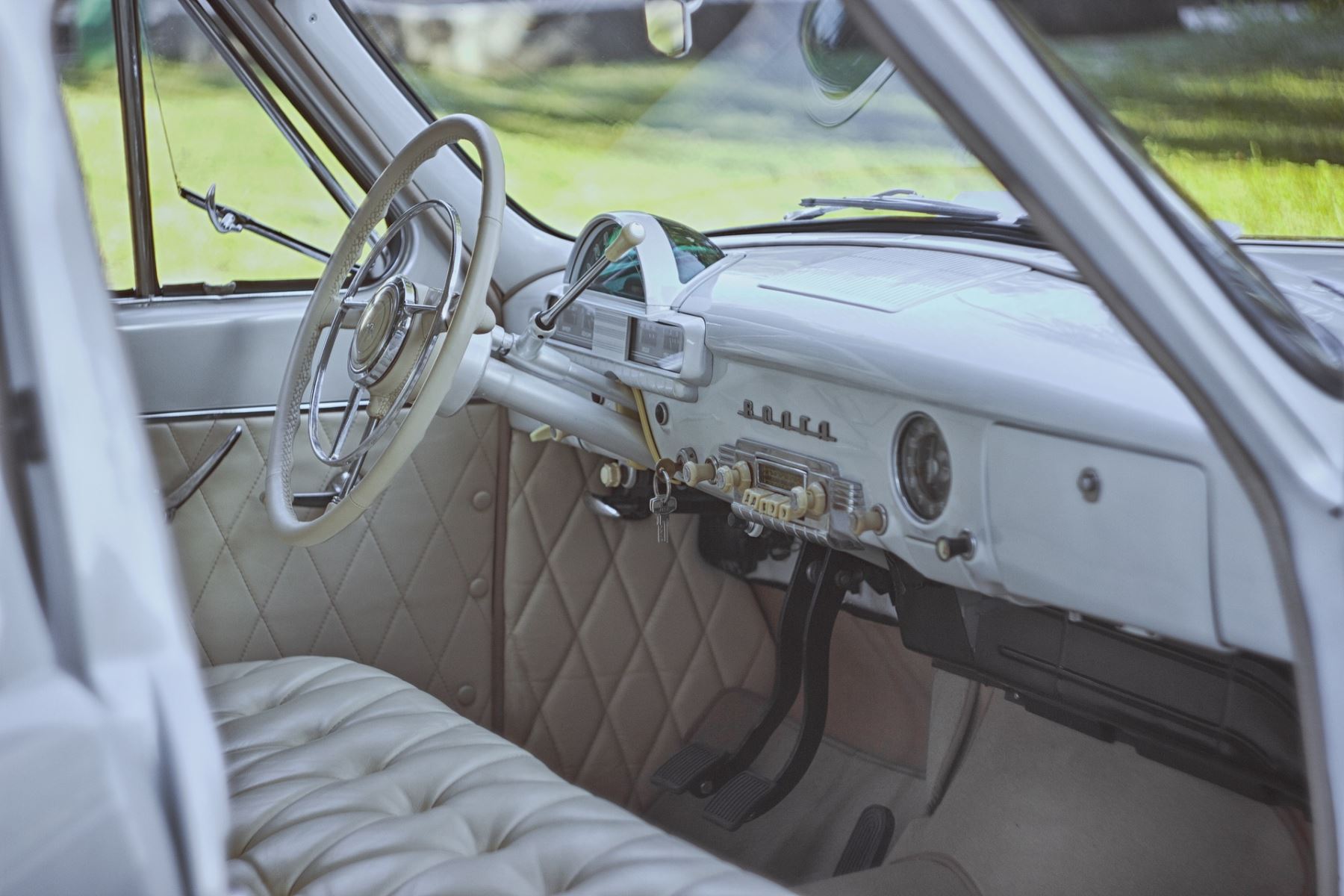
Classic Car Tips: How to Detail the Interior of your Car Are you looking for tips on how you can take care of the interior of your classic car yourself? Of course, we do recommend professional detailing, but that doesn’t mean that you can’t step in to take extra care of your car in between the pro visits. A good regular cleaning takes a bit of elbow grease, but it will go a long way to contribute to the quality, value, and longevity of your vehicle. When we talk about interior cleaning, we don’t mean just renting the car vacuum at the car wash. Here are our tips for taking care of the interior of your classic car. Materials Microfiber towels A microfiber towel specifically for glass – for the windshield, etc. Brush with bristles Dry brush Wet brush A good vacuum with a hose attachment Automotive ... read more